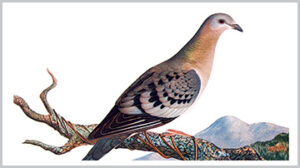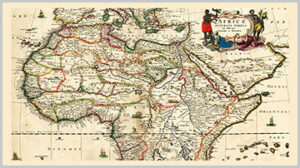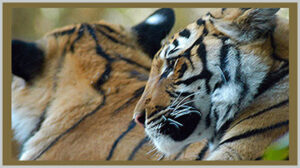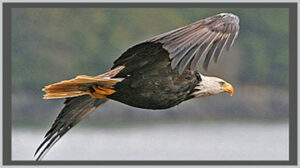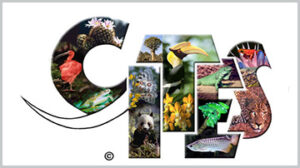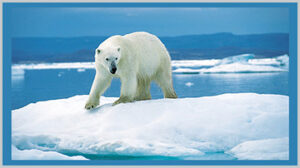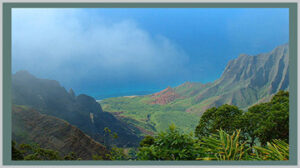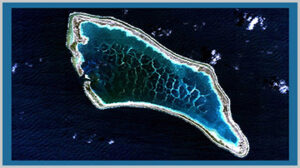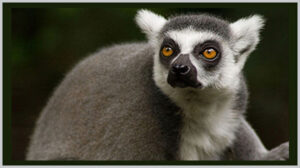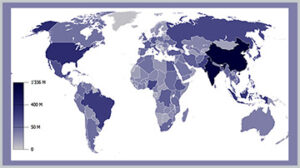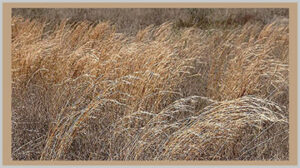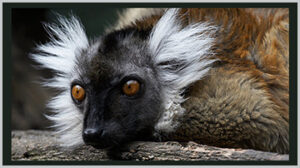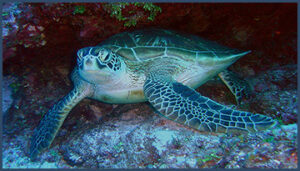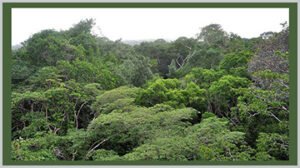Endangered Species Spotlight Topics
Spotlight Topics cover a wide-range of topics that have a direct relation to endangered species issues. These topics range from concepts such as “extinction” to places like Africa and Australia. Learning more about these topics will give learners a greater depth and understanding of the challenges facing endangered species.
SPOTLIGHT ON EXTINCTION: For every species that is alive today, perhaps a thousand more have lived previously and become extinct. Most of these extinctions occurred before humans evolved, and the extinct species are known to us only through fossils. Extinctions are a natural (continue)
SPOTLIGHT ON AFRICA: The rapid human population growth in Africa is creating severe impacts on wildlife. Africa’s population growth, along with Asia’s, is the fastest on the planet. While the average number of children per woman worldwide is three, in Africa (continue)
SPOTLIGHT ON ASIAN MEDICINES: Demand for animal parts for use in medicines is a leading cause of species endangerment. Traditional Asian medicines use parts of many animals, everything from rhino horns to tiger bones, eyes, teeth, and penises. The use of animal (continue)
SPOTLIGHT ON AUSTRALIA The Australian continent, which is similar to a very large island, has been isolated from the rest of the world’s land masses for so long that it has developed a tremendous diversity of endemic plants and animals, found nowhere else on (continue)
SPOTLIGHT ON THE BALD EAGLE: America’s national symbol is back from the brink of extinction. The bald eagle (Haliaetus leucocephalus), once common throughout most of North America, was reduced to as few as 400 nesting pairs in the lower 48 United States by the 1960s (continue)
SPOTLIGHT ON CITES: The Convention on International Trade in Endangered Species of Fauna and Flora (CITES) is an international agreement signed in 1973. The Convention regulates international trade of threatened and endangered animals (live or dead) (continue)
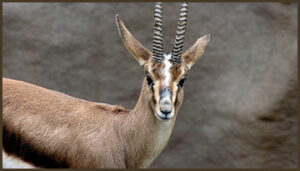
SPOTLIGHT ON THE ENDANGERED SPECIES ACT: The Endangered Species Act (ESA) is a United States law, passed in 1973. Its purpose is to conserve threatened and endangered animals and plants and the ecosystems on which they depend. The ESA is regarded as one of the (continue)
SPOTLIGHT ON ESKIMO WHALING: Eskimo, or Inuit people have whaled in the Arctic for thousands of years. In 1977, a crisis over native whaling ensued when the International Whaling Commission revoked the subsistence exemption used by Inuit people to hunt (continue)
SPOTLIGHT ON GLOBAL CLIMATE CHANGE: Carbon dioxide and other greenhouse gasses in the Earth’s atmosphere trap the sun’s heat and keep our planet warm. In the last 100 years, global levels of carbon dioxide have almost doubled as a result of human activities, particularly (continue)
SPOTLIGHT ON HAWAIIAN ISLANDS: The Pacific islands of Hawaii are more than 400 miles (644 km) from the nearest neighboring land. Today these islands are undergoing ecological disaster. With more than 1 million residents and 6 million tourists visiting every year and (continue)
SPOTLIGHT ON ISLAND BIOGEOGRAPHY: Island biogeography is the study of the distribution and dynamics of species in island environments. Due to their isolation from more widespread continental species, islands are ideal places for unique species to evolve. Islands (continue)
SPOTLIGHT ON KEYSTONE SPECIES: A keystone is the stone at the top of an arch that supports the other stones and keeps the whole arch from falling. A keystone species is a species on which the persistence of a large number of other species in the ecosystem depends. If a (continue)
SPOTLIGHT ON MADAGASCAR: The ancestors of lemurs made their way from Africa to Madagascar, the fourth-largest island on Earth, more than 40 million years ago. Few other African mammals made it across to the island. The absence of large predators (continue)
SPOTLIGHT ON MASS EXTINCTION: Mass extinctions are episodes in the history of life on Earth during which unusually large numbers of species die off. They stand in contrast to the background rate of extinction, which occurs even when the diversity of life is increasing (continue)
SPOTLIGHT ON POPULATION GROWTH: Each year, about 90 million new people are added to the planet. This rate of growth will swell our population from today’s 5.6 billion to about 8.5 billion by 2025. At present growth rates, global population will be 40 billion by 2100 (continue)
SPOTLIGHT ON PRARIES: Once America’s largest continuous ecosystem, the native prairie is now in danger of vanishing altogether. Prairies are vast open areas dominated by grasses. These ecosystems arise in areas that are too dry to support forests but too wet to be deserts (continue)
SPOTLIGHT ON SPECIES AND SUBSPECIES: If two groups or populations of a species do not interbreed, over time the genes of one group may become so different from those of the other that they are two distinct subspecies. Scientists suspect that this has happened (continue)
SPOTLIGHT ON THE SPECIES SURVIVAL PLAN: he Species Survival Plan (SSP) strategy was organized by zoos in 1981 as a blueprint for cooperative breeding programs in North America. The approach has evolved to combat extinction in the wild as well. The American (continue)
SPOTLIGHT ON SPIX’S MACAW: The Spix’s macaw is a rare in the wild as a species can be, with one lone survivor. In the late 1980s, believing that the bird was extinct in the wild, conservationists focused on breeding the handful of captive Spix’s macaws for release into the wild (continue)
SPOTLIGHT ON THREATENED MARINE LIFE: The Earth is over 70 percent water. All life on Earth is dependent on the oceans. Marine life, including the legendary great white shark and tiny seahorse, has joined the elephant, rhinoceros and tiger as being among the (continue)
SPOTLIGHT ON TROPICAL RAINFORESTS: Tropical rain forests once blanketed the Earth like a wide green belt around the equator. Just a few thousand years ago rain forests covered 14 percent of the Earth’s land surface, or 5 billion acres. Humans already have destroyed (continue)
SPOTLIGHT ON TURTLES AND TORTOISES: Distant cousins of the sea turtle, freshwater turtles and land tortoises are also in decline worldwide. Their freshwater habitats are polluted, wetlands are drained, and these animals hunted for food and exploited for the pet trade. Turtles (continue)
